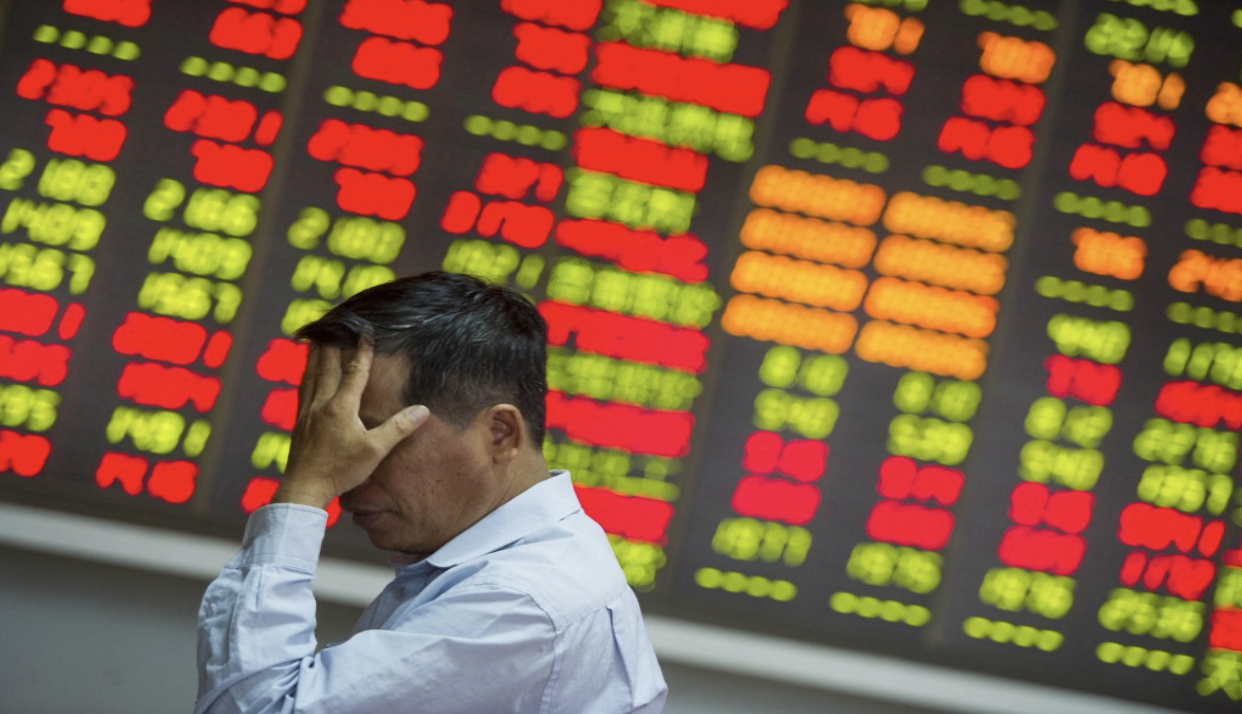DIEGO GARCIA WRITES– The latest trade figures show Chinese exports facing a steep fall for the second time in two years.
With a 4.4% downturn from last year, this dip in the world’s second-largest economy is of great concern. Another worry is the decline in imports. While analysts had expected a 5% rise, they faced a 7.6% fall instead; this is the first time China’s import levels have fallen so far.
What’s more, the trade deficit between Chinese-US exports and imports didn’t fall, alas— but in fact rose, with the total now amounting to $323.32bn. Some consequences of this deficit include low factory wages as well as a decline in the consumption of locally made goods, which implies that, despite their mass production of goods, citizens prefer to buy foreign products.
What are China’s goals for 2019?
China’s economic growth has been slowing down for several years now. Seeking to improve its economy, the government has been implementing tax breaks that will encourage Chinese citizens to invest their savings on local goods. In addition, government-owned banks are lowering interest rates on loans taken out by the public.
Not everyone benefits from these tax breaks
For the most part, China is known for policies that help manufacturing companies expand their businesses, but this year there has been an about face. Many manufacturing companies are not too happy with the measures China has used to revitalize its economy. Why? The loans China intends to promote are mainly targeted for the general working class population, so large high tech companies have to rely on loans from private firms, not the government. What’s more, the government intends to implement tax breaks exclusively for the general population, which would ultimately benefit manufacturing companies since customers would have more money to spend.
But it’s not all about the internal consumption of goods. Chinese authorities have recently been boosting growth by spending money on infrastructure, including railways, road, and housing unit projects.
In the end, we may start to see different trends on the export-import horizon. Other Asian countries just might knock China off its number one ranking as chief manufacturer of goods headed to the US. Eventually, the clothes you buy—or toys, or whatever—may have fewer tags that say “Made in China.”

